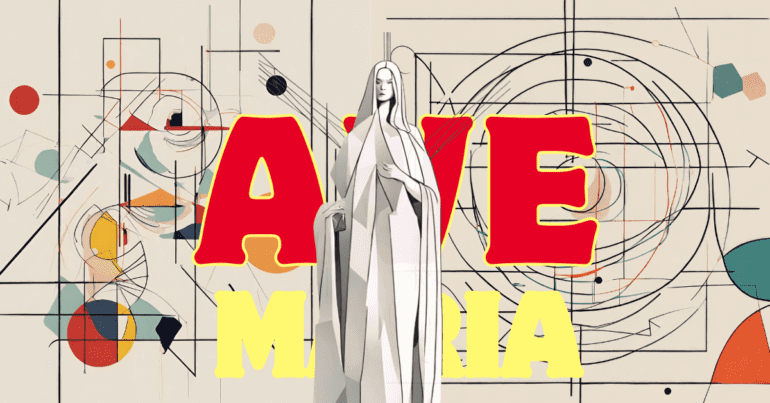In the vast ocean of classical compositions, Franz Schubert’s “Ave Maria” stands as a lighthouse of emotion and devotion. A masterpiece composed in 1825, its poignant melody coupled with profound lyrics continues to reverberate through time. Join us as we journey through its lyrical depth and uncover the story behind this timeless hymn.
The Birth of a Masterpiece
Franz Schubert, though more known for his symphonies and chamber music, poured deep emotion into “Ave Maria.” Contrary to popular belief, Schubert didn’t initially set out to pen this composition for the traditional Latin prayer. It began as a musical adaptation for a German translation of Sir Walter Scott’s poem “The Lady of the Lake.” Yet, the song’s haunting opening words, “Ave Maria,” indelibly connected it to the venerated Christian prayer.
A Glimpse into the Lyrics
For those seeking spiritual solace or a mere appreciation for classical artistry, here are the revered lyrics, as commonly paired with Schubert’s composition:
What are the lyrics to ‘Ave Maria’?
Ave Maria
Gratia plena
Maria, gratia plena
Maria, gratia plena
Ave, ave dominus
Dominus tecum
Benedicta tu in mulieribus
Et benedictus
Et benedictus fructus ventris
Ventris tuae, Jesus.
Ave Maria
Ave Maria
Mater Dei
Ora pro nobis peccatoribus
Ora pro nobis
Ora, ora pro nobis peccatoribus
Nunc et in hora mortis
Et in hora mortis nostrae
Et in hora mortis nostrae
Et in hora mortis nostrae
Ave Maria
What do the lyrics mean in English?
Hail Mary, full of grace,
Mary, full of grace,
Mary, full of grace,
Hail, Hail, the Lord.
The Lord is with thee.
Blessed art thou among women, and blessed,
Blessed is the fruit of thy womb,
Thy womb, Jesus.
Hail Mary!
Hail Mary, Mother of God,
Pray for us sinners,
Pray, pray for us;
Pray, pray for us sinners,
Now and at the hour of our death,
The hour of our death
The hour of our death,
The hour of our death
Hail Mary.
Beyond the Notes: Ave Maria’s Unwavering Legacy
Schubert’s rendition of “Ave Maria” transcends religious boundaries. Whether echoing through the corridors of a church, setting the mood in a concert hall, or accompanying significant life milestones like weddings and funerals, its essence remains untouched. Over the decades, illustrious vocalists from various genres have tried their hand at this iconic piece, reinforcing its stature in global music.
In Closing: A Melody for the Ages
The notes of “Ave Maria” serve as a bridge, connecting generations of listeners with a shared sense of reverence and awe. While its origins may surprise many, the harmonious union of Schubert’s melody and the Ave Maria prayer cements its place in the annals of timeless music.






